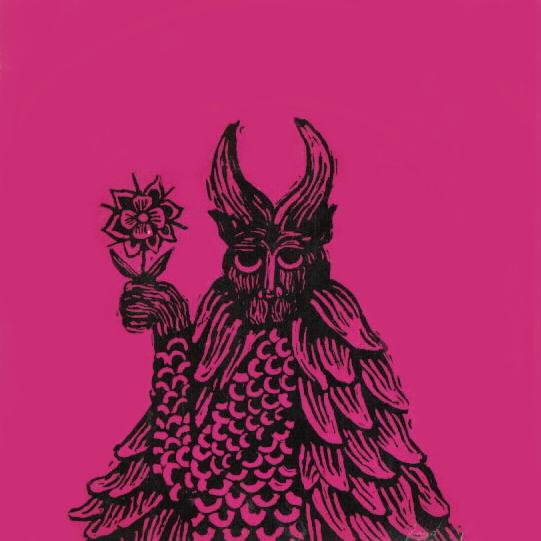i’d imagine party block where 1 large party is in an alliance with many small parties, the main party gets increased support in areas where it’s close and the smaller parties get influence in politics
the blocks:
Greens - Lead by the green party and the smaller parties are regional green’s, transit parties etc.
Labor - lead by the left wing part of the former democratic party smaller parties are probably something lead by bernie if he’s not leading the party, vermont progressives etc.
Centrists - Lead by a merger of Forward and the center of the democratic party and smaller parties are gonna be mabye one lead by elon musk and etc.
republican - lead by the old guard and other non alt-right republicans smaller parties are american solidarity and etc
Libertarians - Lead by the libertarians smaller parties include non american libertarians etc.
Constitution - if the constitution doesn’t become a smaller party of the alt right group it’s small parties could be nationalists and Cristian
Alt-Right/Nation - Lead by the alt-right or trumpist republicans smaller parties could be the progressives if they don’t become big and some far right parties etc.
there could also be an state independence and minority rights - this could be the exception to party blocks and would be composed of vermont, texas, california, alaska and hawaii independence parties and latino, black and LGBTQ+ parties
The house is a proportional system already, it’s just too small to be as proportional as it should be.
You missed an important one. I’ve been joking for years that it would take proportional representation in my own country to see the Communist party take a seat anywhere. They seem to pull in votes from people with whom they’re personally familiar, which is to say that some of their friends/family cast votes for them if they’re charismatic and put-together enough, but the rest of the parties pull in 99% of the vote. If the whole picture were taken as seats, whether city/state/federal level, I’d expect quite a few large cities to account for individual candidates, maybe anarchists as well, but I see them already just-barely accounted for as independents if at all.
Probably 40% centrist*, 8% labour, greens wouldnt make the threshold. 35% Republican 10% libatarian 5% alt right. Rest of the votes spread amount the parties that didnt get enough votes to make it in.
I think you’re vastly underestimating the alt-right. You can flip them and Republicans.
Maybe. I just figure most voters are so uninformed they just viee themselves as republican and dont actually have morals. But the alt right are politically informed and activial pursue these political goals.
I think we’d end up with a fractured smattering of “left” parties, one or two semi-cohesive liberal parties, and one or two semi-cohesive “right” parties. It would probably end up replicating the current system as the liberals would form a coalition, and the rights would form a separate coalition, while the left mostly fights amongst themselves and fails to establish actual power.
At what level?
For mayors? Governor? State rep? What about all the elected roles within a state?
Or are you focused solely on president? There proportional makes no sense, as the president is the executive - the third branch, not elected by a popular vote, but by the states (for reasons explained in any intro civics class).
Frankly, proportional makes no sense in US government as it’s not like the configuration of governments where proportional is used.




